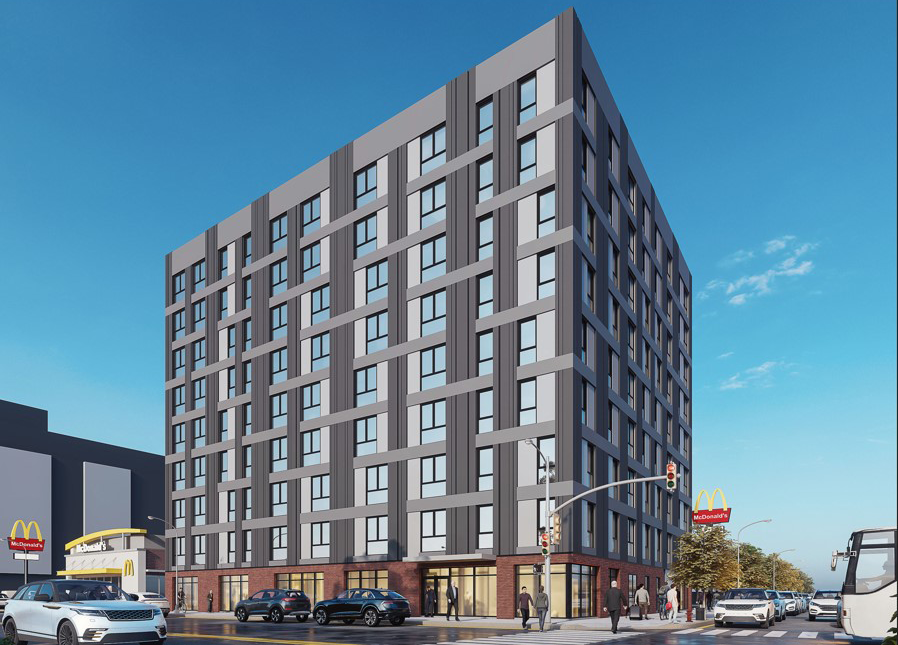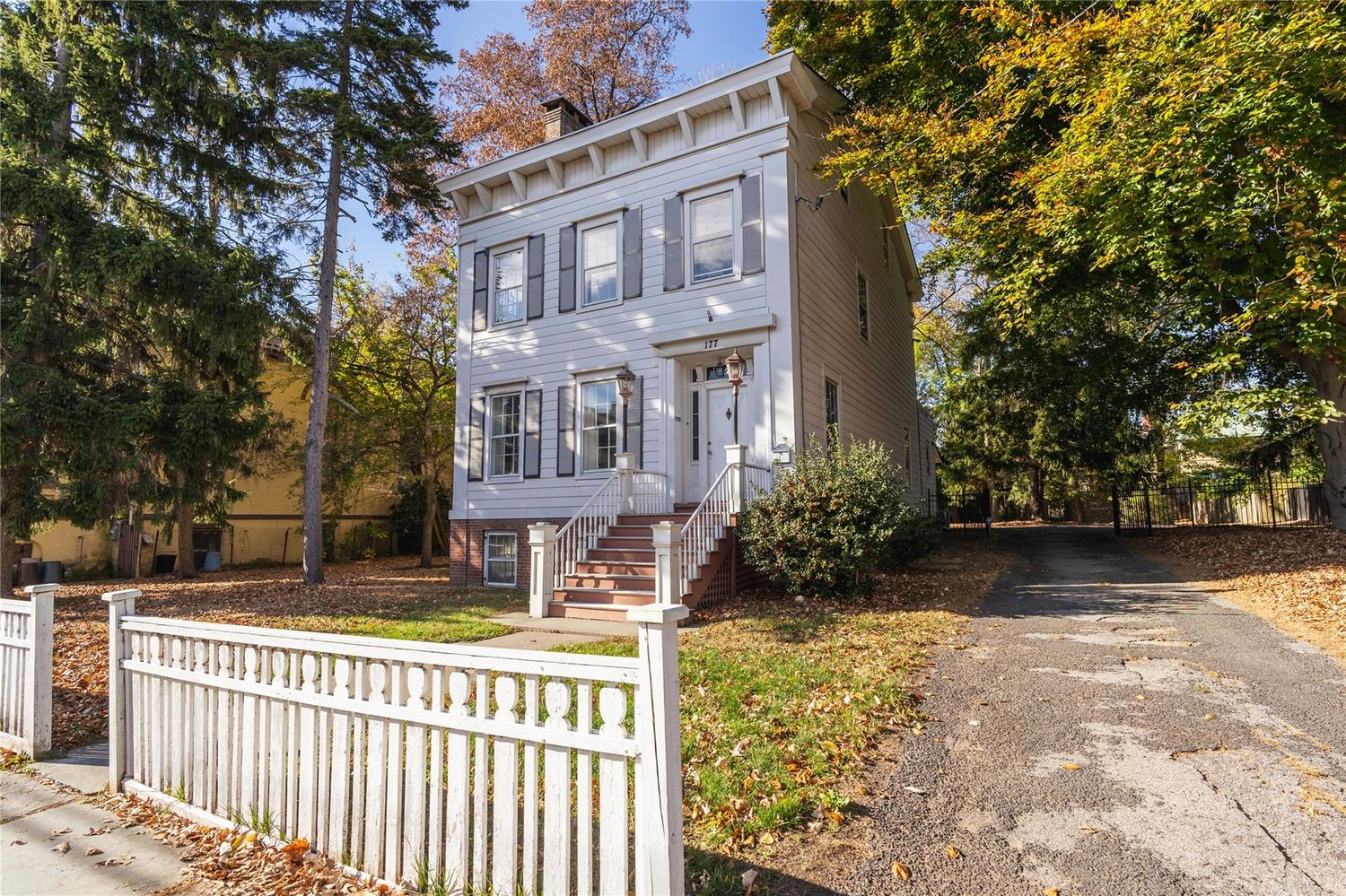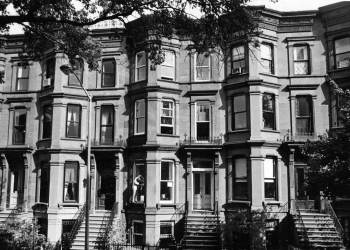Big Allis, Also Known as the Ravenswood Generating Station
According to its owners, the Ravenswood Generating Station (found at the intersection of Vernon Boulevard and 36th Avenue in the Ravenswood section along the East River) has the capacity to provide 21 percent of the electricity consumed by all of New York City. Its colloquial name is “Big Allis,” a sobriquet earned due to the name…


According to its owners, the Ravenswood Generating Station (found at the intersection of Vernon Boulevard and 36th Avenue in the Ravenswood section along the East River) has the capacity to provide 21 percent of the electricity consumed by all of New York City. Its colloquial name is “Big Allis,” a sobriquet earned due to the name of its builder — the Allis-Chalmers Corporation — and the fact that when it opened in 1965 it was the first million kilowatt power plant upon the Earth.
A cogeneration steam plant is also found at the facility, which supplies the Consolidated Edison steam network over in Manhattan.

It was originally built for Con Ed, but deregulation forced them to sell the plant in 1999 to Keyspan, which later merged with National Grid, who sold it to Trans Canada in 2008. Both steam and electrical generators are powered largely by natural gas, but they use small amounts of fuel oil and kerosene as well. Its iconic red and white stacks are nearly always visible from Astoria and Sunnyside as well as Roosevelt Island and Midtown Manhattan.
When the plant was first activated in the 1960s there were all sorts of mechanical troubles which needed sorting out.

The plant sits on the former site of the Jacob Blackwell Mansion, built in 1744. Blackwell was a latecomer, of course — Dutchmen were well established along this coast by the 1650s. Ravenswood had become a neighborhood of fine riverside estates by the 1860s, and even the famed Willy Wallach lived nearby. As the moneyed classes sought seclusion from the madding crowds and foment of the immigrant city they retreated eastwards toward Long Island, and the Ravenswood mansions were left behind. Many ended up becoming orphanages and asylums by the late 1870s, whether through donation or sale.
By the late 1880′s, after the 800 pound gorilla was well established in its new home in Hunters Point and along Newtown Creek (raising industrial rents along the route, of course), an ideal place for locating an industrial operation emerged in this neighborhood of former mansions with their expansive grounds. Ravenswood became home to hundreds of small factories, which prospered along the busy East River.
The Queensboro Bridge came through in 1909, the subways in the 1920s. During the 1930s and 40s, vast tracts of public housing (and Queensbridge Park) were erected and the recognizable shape of modern Ravenswood was formed.

It should be noted that when the plant was originally proposed in 1962, the intention was for it to be powered by a nuclear reactor.
Yes, you read that right, nuclear.
This article at the Queens Gazette explores the story surrounding the controversial plan, the community opposition to it, and the New York City Council banning commercial nuclear power anywhere within city limits in 1965. New York Times City Room’s Andy Newman also did a great piece on the controversy, in April of 2011, in “New York’s Nuclear Future That Might Have Been” (be sure to scroll down and check out the archive articles).
The New York Times also sent Corey Kilgannon into the Ravenswood plant back in 2005, check out its take on the place here.









You can actually see the stacks as far as Elmhurst and maybe even farther. If you look along the LIRR tracks that run between Woodside and Forest Hills, you get a nice view of the stacks.
great post!